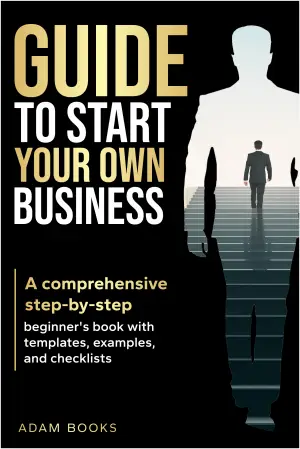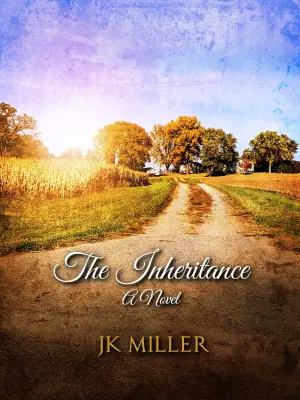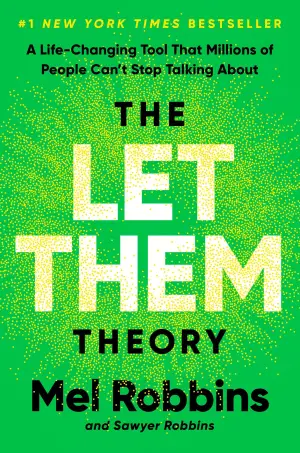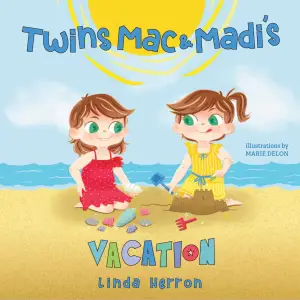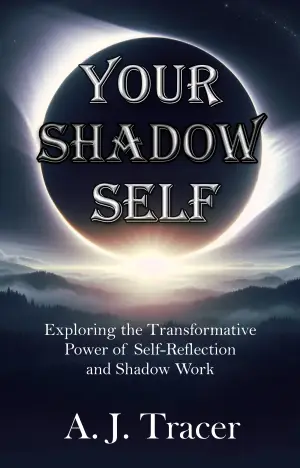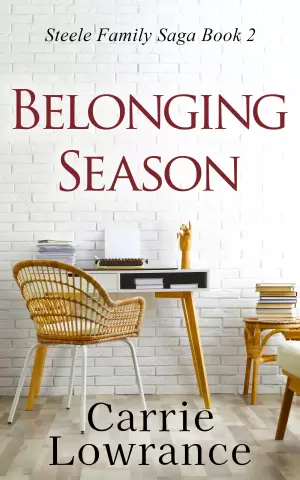A Dive into the Gritty Depths of "Poor Girls" by Aurora Mardiganian
There’s something undeniably captivating about historical fiction that dives into the untold tales of women. When I stumbled upon Poor Girls by Aurora Mardiganian, I was immediately intrigued—not just by the premise, but by the idea of weaving a narrative around the Forty Elephants gang, a group of audacious women in 1920s London. It promised a story rich in atmosphere and complex characters, and boy, did it deliver!
Set against the vibrant backdrop of Brighton in 1922, the story follows twenty-year-old Eleanor, who finds herself trapped between the constraints imposed by society and an ever-louder call for freedom. The narrative kicks off with Eleanor caught in the dreary rhythm of her financially struggling family life. She grapples with the stark reality that her future options are limited to marrying or working for the upper class, neither of which appeals to her independent spirit. Mardiganian brilliantly captures Eleanor’s internal conflict. Her journey from naïveté to a morally ambiguous figure is both captivating and unsettling.
One of the standout aspects of Poor Girls is Eleanor herself. She is not your typical protagonist; she embodies shades of grey that challenge our perceptions. She often makes emotionally driven decisions, leaving readers both frustrated and empathetic—an unusual but refreshing choice in a historical female lead. The other characters, especially her companions in the Forty Elephants, are equally well-crafted, showcasing a diverse mix of backgrounds and motivations that enrich the narrative.
The humor woven throughout the serious undertones adds a delightful contrast, offering readers a lightness amidst Eleanor’s turmoil. Mardiganian’s writing style immerses us in the gritty, bustling atmosphere of the 1920s, encapsulating the vibrancy of the era while shedding light on the struggles of women longing for autonomy.
However, the book isn’t without its flaws. The pacing occasionally falters, particularly in the latter third where a seemingly gratuitous violent incident disrupts the narrative flow. I found it jarring, almost a betrayal of the gentle build-up that had preceded it. Additionally, the predominance of negative male characters felt unbalanced. A more nuanced depiction of men would have provided a richer context and depth to the story’s societal critiques.
Though there are moments that jarred with me, particularly concerning language and character choices, I can’t deny the impact this book had on my reflections about feminism and the complexities of human nature during such a transformative time. Mardiganian’s exploration of class and gender biases, particularly in the context of women navigating newfound freedoms, makes Poor Girls a noteworthy addition to the genre.
In conclusion, I’d recommend this book to anyone who enjoys historical fiction that breaks the mold. If you’re hungry for narratives that present moral dilemmas alongside vibrant settings, you’ll find Poor Girls both enlightening and entertaining. It’s a book that challenges, provokes thought, and encourages discussions about the choices we make—perfect for those of us who appreciate a story rich with grey areas rather than black-and-white conclusions. I’ll be rounding my rating up to 3.5 stars, thanks to the engaging themes and strong character development that resonated with me.
Happy reading, and let’s connect on my blog or social media to discuss this gripping tale further!

